Over at Robot 6, Sean T. Collins asks an interesting question:
“[W]e’ve probably all permanently dropped a comic, a character, or a creator we once got something out of. My question for you is, What was it, and what did it?”
Here are the two last straws for me with Marvel and DC.
In fairness, I didn’t expect much from the re-launch of the Avengers brand, since I had no affection for the “Disassembled” arc that paved the way for it. But this was when morbid curiosity held more sway in my purchasing decisions, so in spite of a team roster that looked like a Marvel house ad from 1982 and a writer who had drastically fallen out of my favor, I gave it a look. The comic itself was tolerable up until the point that two of the hold-over characters (Iron Man and Captain America) talked in a Mamet-in-spandex way about how awesome the previous 15 pages had been. It’s one thing to drastically remake a franchise into a blandly wide-screen, marquee-friendly property, but the self-congratulatory tone was just too much.
Do I even need to explain myself with this one? Following a needlessly brutal first issue in which an amiable, B-list supporting character is murdered, we get some needlessly brutal back story on how that character was raped. Beyond the baseline grossness of the actual events depicted, there was the very real sense that this thing and its tone and its study-hall gravitas was going to be the company’s tent pole for years to come, so I got while the getting was good.




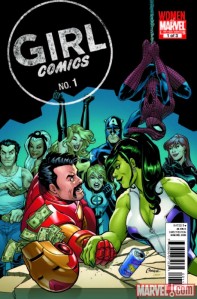


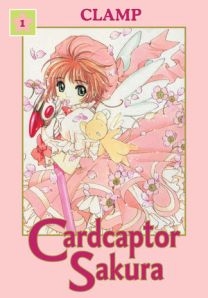







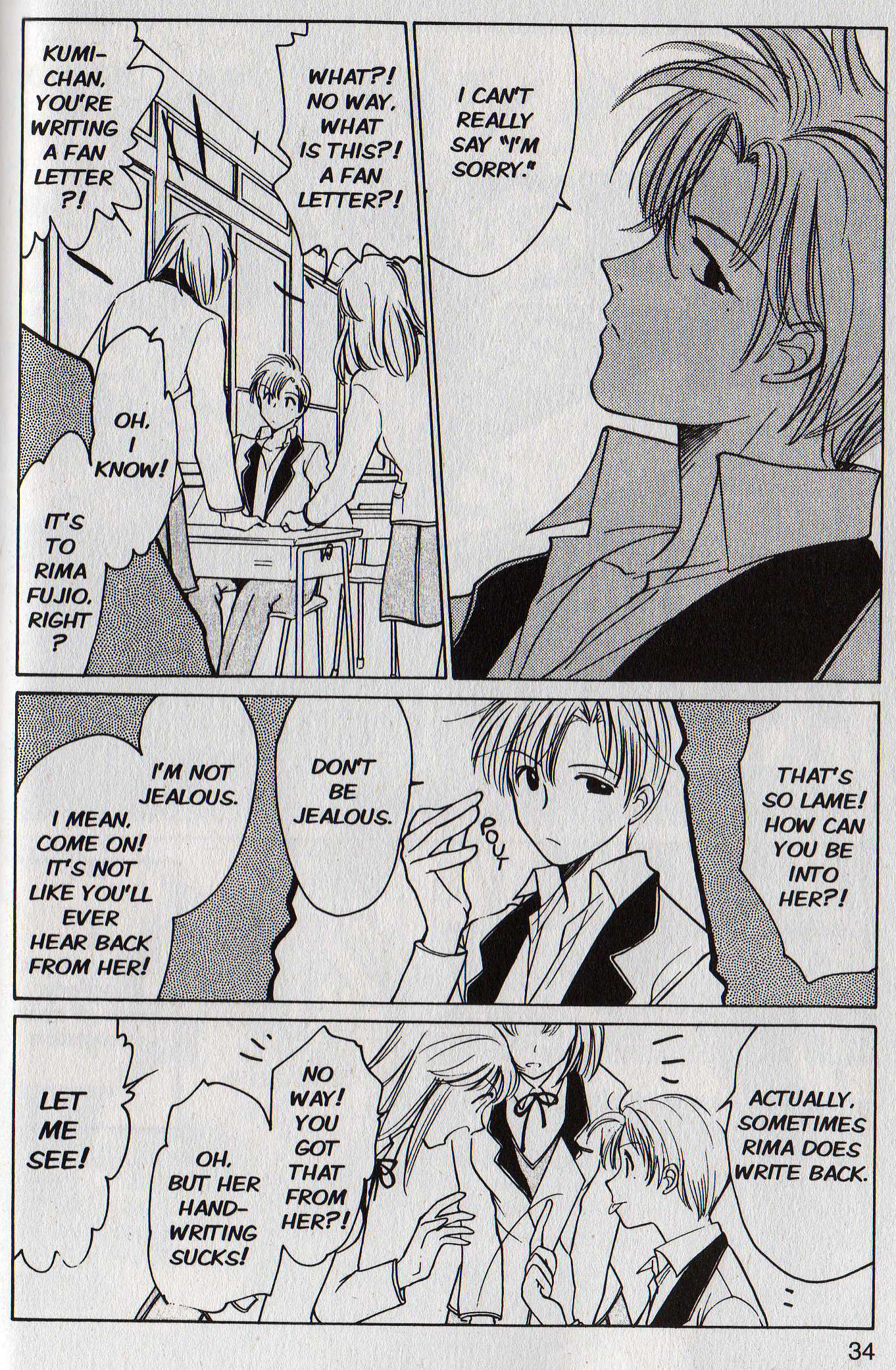
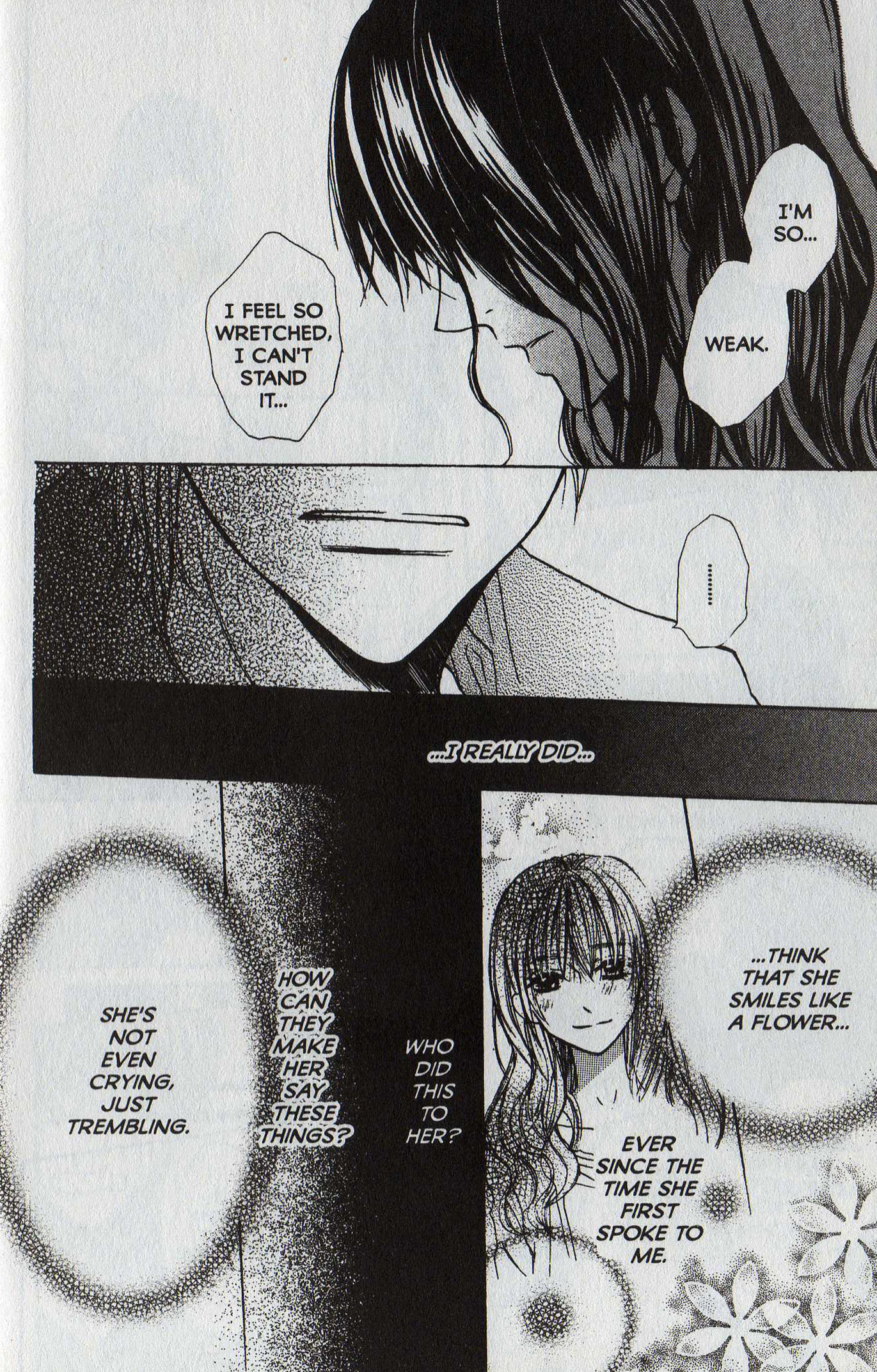




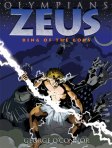

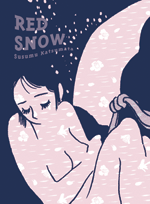 Drawn & Quarterly returns to the gekiga well for Susumu Katsumata’s
Drawn & Quarterly returns to the gekiga well for Susumu Katsumata’s  In an entirely different category altogether, Marvel releases
In an entirely different category altogether, Marvel releases  And in a belated but welcome development, Tokyopop releases
And in a belated but welcome development, Tokyopop releases 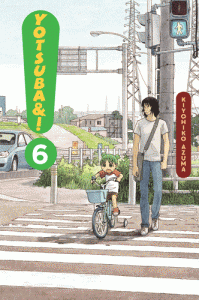
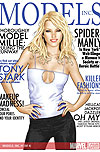 I have to admit that I have been unable to resist the lure of Marvel’s recent spate of quirky, off-brand titles featuring Patsy Walker, also known as Hellcat. This week’s example is
I have to admit that I have been unable to resist the lure of Marvel’s recent spate of quirky, off-brand titles featuring Patsy Walker, also known as Hellcat. This week’s example is  But today’s title is actually an independent work Smith did with James Robinson for Image: Leave it to Chance. It ran for a mere thirteen issues, but it was really terrific while it lasted. I like
But today’s title is actually an independent work Smith did with James Robinson for Image: Leave it to Chance. It ran for a mere thirteen issues, but it was really terrific while it lasted. I like 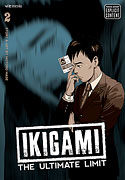 I’m looking forward to reading
I’m looking forward to reading 
Quick pamphlet comments
I’m very pleased that Image and Tokyopop are reprinting Brandon Graham’s King City in pamphlet form. In spite of good reviews, I missed it in digest form. While I don’t have a basis for comparison, I suspect it’s better served in its new, full-sized format than it might have been in tankoubon size. There are lots of little thing to look at, and the bigger page size seems friendlier to that.
Here’s an example of a layout that I really liked from the second issue.
At this point, I know very little about the characters above, but that panel makes me really interested in both of them. Graham’s pages generally have interesting layouts, and there’s a nice sense of motion and bustle to a lot of them, but he also has a nice handle on little gradations of facial expression and body language. He really sells moments like these.
As you would expect from the title, there’s also a nice sense of place. King City, the setting, evokes that kind of sleazy modernism that a lot of creators attempt but don’t necessarily achieve. I think that’s because Graham is judicious about the way he reveals things. He hasn’t front-loaded the city’s entire culture, choosing instead to put it out there a bit at a time, making me curious about what things mean and what they’ll amount to later. That’s probably another reason why it’s a good fit with pamphlet publication. An individual issue constitutes a satisfying chunk, a nice monthly visit to a weird place and the intriguing characters that live there.
My purchase of two other comics – Marvel Divas and Models, Inc. – is driven by a combination of nostalgia and a reflexive desire to promote diversity. When I dropped Marvel comics entirely, there were no titles like this, lighthearted and driven by women characters. So my activist streak kicked in and I decided to give them at least one more sale.
I prefer Divas (written by Roberto Aguirre-Sacasa, drawn and inked by Tonci Zonjic, and colored by Jelena Kevic-Djurdjevic). It’s about four c-list super-heroines who hang out and support each other through their various woes. Pretty much every one of those woes has been portrayed in a more straightforward manner in episodes of Sex and the City, right down to cancer, but Aguirre-Sacasa finds nice spandex twists on the subject matter. And while I’ll never be convinced of the wisdom of mixing real-world illness in a setting where characters can banish it with a wave of their hand (or can’t, depending on the demands of the plot), there’s a surprising amount of nuance in the scenes where young heroine Firestar copes with her illness with the help of her more seasoned cast-mates. It’s not a great comic, and it doesn’t track with its own marketing even a little, but it’s got some solid, character-driven writing that doesn’t condescend to the characters. Aguirre-Sacasa creates a plausible, endearing support system among the four women, which is nice to see.
Models, Inc. (written by Paul Tobin, drawn and inked by Vicenc Villagrasa, colored by Val Staples, and lettered by Dave Sharpe) is what is what might be known in the rag trade as “a hot mess.” It unfolds during Fashion Week, with one of Marvel’s model characters (Millie) accused of murder. It’s up to her friends (other Marvel model characters) to clear her of the crime. I like lighthearted mysteries as much as or more than the next person, but this one is hobbled by the fact that almost none of the characters make any specific impression. There are at least two models two many, and they seem to have been selected entirely for visual variety rather than anything specific they bring to the story. The closest thing to a breakout character would be bisexual Chili Storm, who at least gets to be a bit of a spitfire and isn’t limited to spouting exposition or being blandly supportive, though she also carries water from those wells.
Another difficult is that the look of the book isn’t especially fashionable. I can’t say that I follow fashion beyond trying to catch episodes of Project Runway, but I get a distinctly dowdy and dated vibe from the cast’s wardrobe. I suspect Villagrasa is going for a detached, posing style in his compositions – as if the models are always at least a little aware that there’s a camera pointed at them – and it’s not a bad idea, but the execution doesn’t really work. (And yes, I know that the panels above show them actually posing, but what the hell are they wearing?) It doesn’t go far enough, so it ends up looking sort of weird.
I did love the Tim Gunn back-up story in the first issue (written by Marc Sumerak, drawn by Jorge Molina). Runway mentor Gunn saves the day with style, which is what I was hoping for from the lead story. Alas, Models, Inc. is more a meeting of a catwalk Girl Scout troop.